Leafing through a tasteful tradition
The produce of verdant hill terraces are crafted into a beverage synonymous with China

Early summer mist swirls around Mount Wuyi, cradling terraced tea gardens where streams weave through emerald valleys. The UNESCO natural and cultural heritage site in southeastern China's Fujian province is the only place in the country where Wuyi rock tea, a variation of oolong tea, is grown. Historical records describe more than 200 types of rock tea produced in the Wuyishan area.
At daybreak, pickers move through dewy bushes. Using their thumbs and forefingers, they gently snap tea buds with three to four mature leaves, ensuring optimal flavor.
Freshly plucked leaves travel swiftly down winding trails. Within hours, these leaves will begin their transformation under the hands of master craftsmen.
Master tea makers rhythmically shake bamboo trays filled with leaves. The technique, dating back to the 16th century, creates the tea's signature "green leaf with red edge". It was listed as a national intangible cultural heritage in 2006, and was part of the "traditional tea processing techniques and associated social practices in China" inscribed on the UNESCO Representative List of the Intangible Cultural Heritage of Humanity in 2022.
"The craftsmanship of Wuyi rock tea is the most complicated among all tea," You Yuqiong, an inheritor of Wuyi rock tea craftsmanship, says.
Since joining a tea factory in 1985, You has been engaged in the tea-making industry for 40 years. Throughout these years, she has remained committed to traditional techniques, striving for excellence because "traditional techniques are the soul".
At the same time, she actively learns about advanced technologies and stays at the forefront of innovation. She was one of the earliest tea makers in the country to use tea-picking machines. Her son, Fang Zhou, a graduate from the University of Warwick in Coventry, the United Kingdom, helps apply algorithms into the ancient wisdom.
He projects artificial intelligence models that predict optimal roasting temperatures.
"This is the development of society, and modern technology is something that must be used in the process of industry progress. Technology empowers our traditional industry," You says.
Beyond the leaf, Fujian provincial authorities have promoted the deep integration of tea culture and tourism, creating a business model characterized by "tea-infused banquets, tea-themed accommodations, tea trails for traveling, tea gardens for sightseeing, tea gifts for shopping, and tea performances for entertainment".
Its thriving tea industry is attributed to the time-honored culture, suitable climate for tea growing, rich resources and technological support.
Last year, the province's tea plantation area reached 252,000 hectares, with a raw tea output of 560,000 metric tons and a total industrial value exceeding 160 billion yuan ($22.28 billion). Meanwhile, Mount Wuyi welcomed 33.02 million tourists, generating tourism revenue of 35.2 billion yuan.

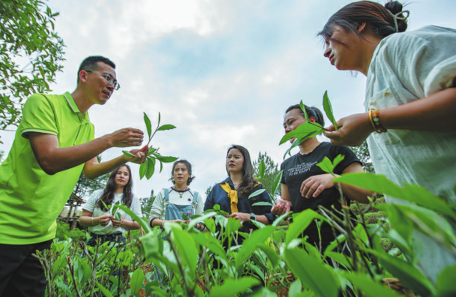
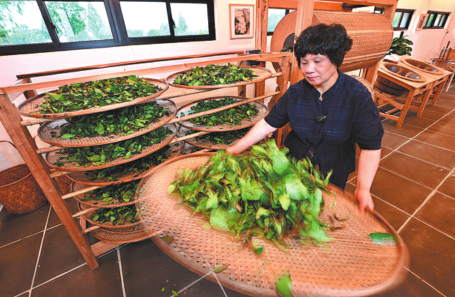
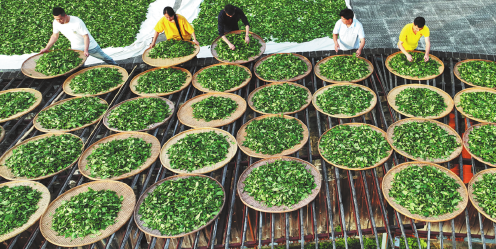

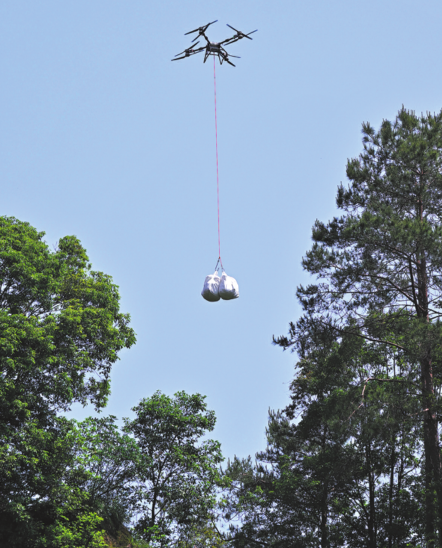
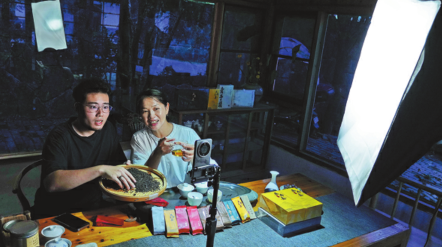

Today's Top News
- Xi calls for promoting volunteer spirit to serve national rejuvenation
- Xi chairs CPC meeting to review report on central discipline inspection
- Reunification will only make Taiwan better
- Outline of Xi's thought on strengthening military published
- Targeted action plan to unleash consumption momentum
- Separatist plans of Lai slammed






























